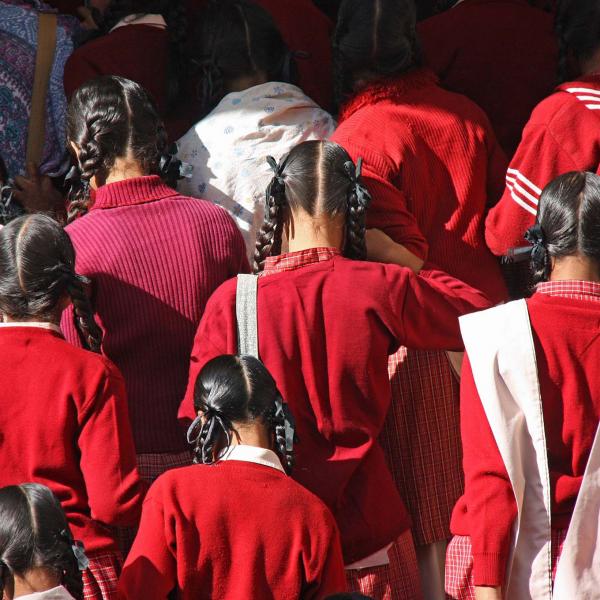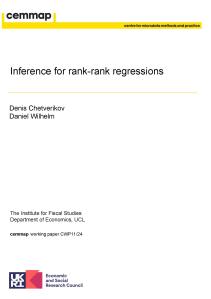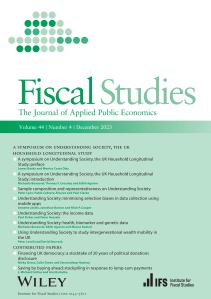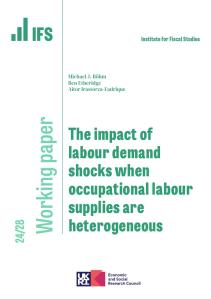Downloads

WP201720.pdf
PDF | 664.42 KB
Fundraising interventions may lift donations and/or shift their composition and timing, making it important to study their effect across charity space and time. We find that major fundraising appeals lift total donations, but surprisingly shift donations to other charities across time. To explain this, we develop a two-period model with two sources of warm glow that relates donation responses to underlying preference parameters. A dynamic framework, combined with rich data, provides opportunities to identify substitutability/complementarity in warm glow. The observed pattern is possible only if the two sources of warm glow are substitutes and warm glow is intertemporally substitutable.
Authors

Research Associate University of Nottingham
Kim is Professor of Economics and Public Policy and Head of the School of Economics at the University of Nottingham.

Research Associate University of Bristol
Sarah is a Research Associate at the IFS and Head of the Department of Economics at the University of Bristol with interest in applied microeconomics.

Mark Ottoni-Wilhelm
Working Paper details
- DOI
- 10.1920/wp.ifs.2017.W1720
- Publisher
- The IFS
Suggested citation
M, Ottoni-Wilhelm and K, Scharf and S, Smith. (2017). Lift and shift: the effect of fundraising interventions in charity space and time. London: The IFS. Available at: https://ifs.org.uk/publications/lift-and-shift-effect-fundraising-interventions-charity-space-and-time (accessed: 30 June 2024).
More from IFS
Understand this issue

Gender norms, violence and adolescent girls’ trajectories: Evidence from India
24 October 2022

What are the challenges in getting debt on a falling path?
28 June 2024

Election Special: Your questions answered
27 June 2024
Policy analysis

IFS Deputy Director Carl Emmerson appointed to the UK Statistics Authority Methodological Assurance Review Panel
14 April 2023

ABC of SV: Limited Information Likelihood Inference in Stochastic Volatility Jump-Diffusion Models
We develop novel methods for estimation and filtering of continuous-time models with stochastic volatility and jumps using so-called Approximate Bayesian Compu- tation which build likelihoods based on limited information.
12 August 2014

Is there really an NHS productivity crisis?
17 November 2023
Academic research

Inference for rank-rank regressions
28 May 2024

Understanding Society: minimising selection biases in data collection using mobile apps
2 February 2024

The impact of labour demand shocks when occupational labour supplies are heterogeneous
28 June 2024